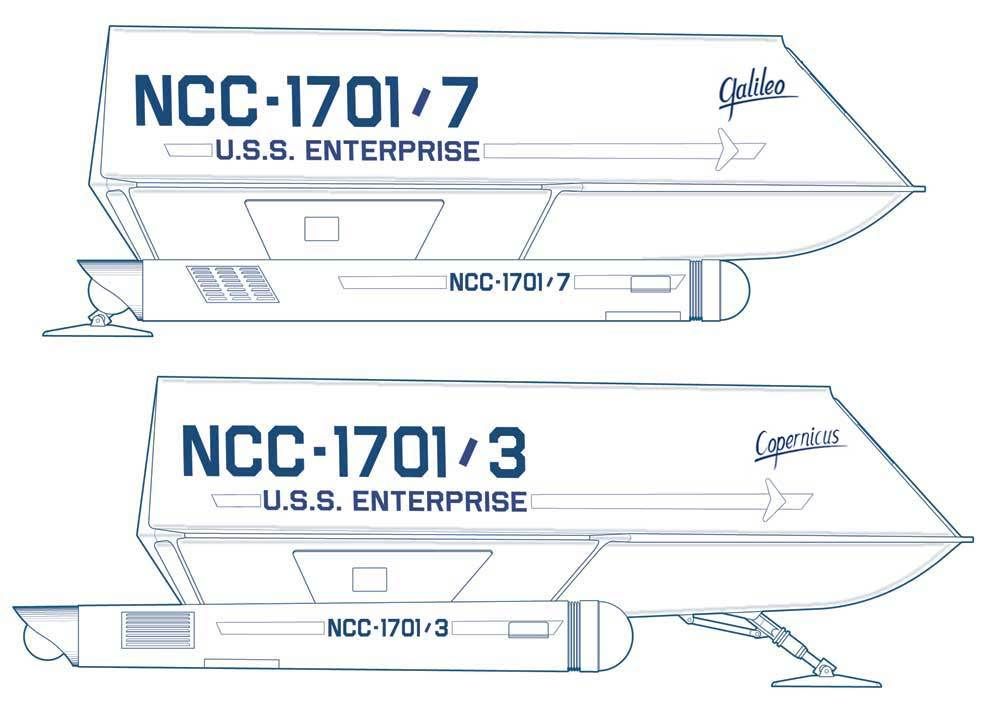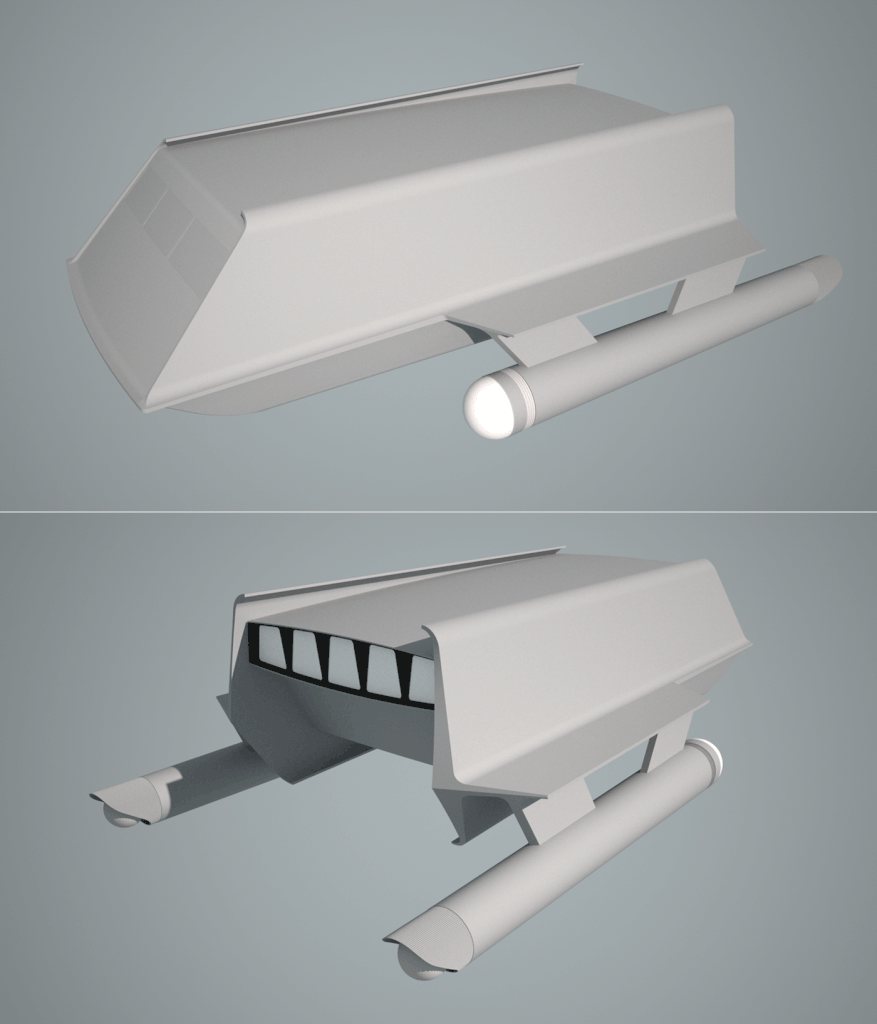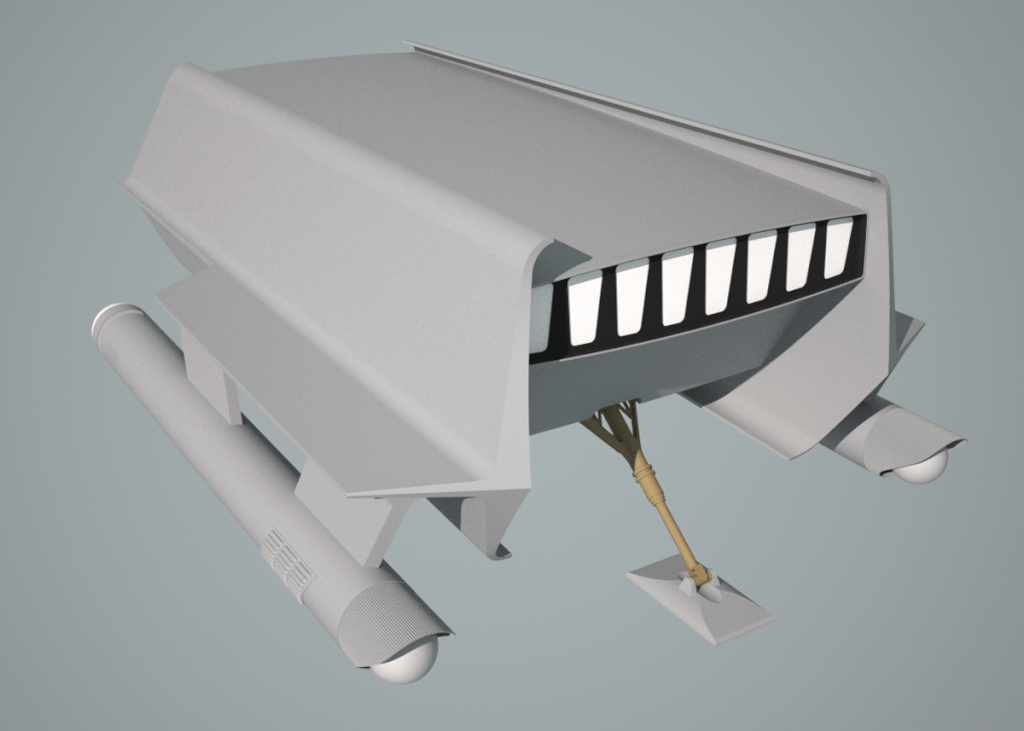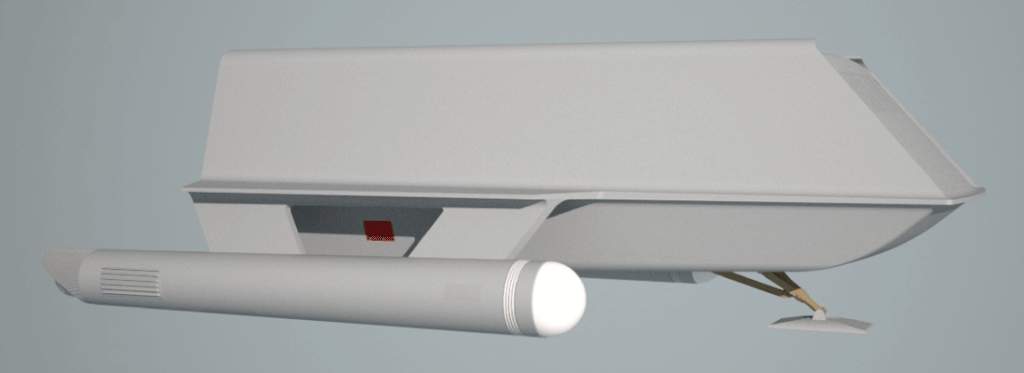So this is my next thing. The Class F Galileo shuttlecraft.
This is based on my drawings I worked up several years ago. This time around I had some input from Gary Kerr helping me to make a few modifications as I build the model.
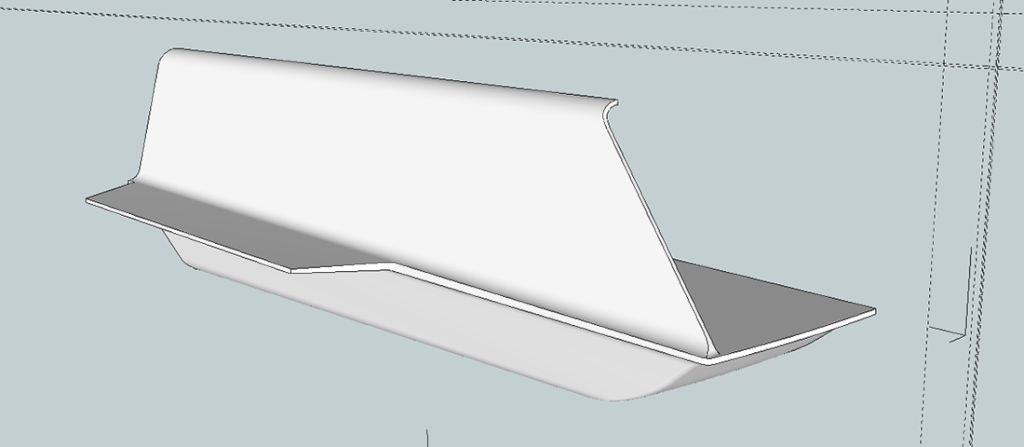
For those unfamiliar with my source matter my drawings were based primarily on the full size exterior mockup we saw onscreen in a handful of TOS episodes. This mockup was "full size" in terms of a production perspective while not actually full size in how big the real vehicle actually would be. I also considered aspects of the small 22 in. filming miniature when working up my drawings. The drawings were meant to represent an actual vehicle rather than just replicating a filming prop so with that mindset I made small tweaks to "fix" certain production shortcuts. It should be noted that Gary Kerr used a similar approach in creating his plans for the planned Round2 1/32 scale Galileo model kit. For example: the nacelles on the mockup were flared outword (at the rear and thus not parallel) to enhance a sense of forced perspective. But Gary's plans (like mine) made the nacelles parallel because that's how they were supposed to be (and as they were on the miniature). He also lifted the nose which is obviously drooping on the full size mockup, but not on the miniature. I did the same thing.
This is based on my drawings I worked up several years ago. This time around I had some input from Gary Kerr helping me to make a few modifications as I build the model.

For those unfamiliar with my source matter my drawings were based primarily on the full size exterior mockup we saw onscreen in a handful of TOS episodes. This mockup was "full size" in terms of a production perspective while not actually full size in how big the real vehicle actually would be. I also considered aspects of the small 22 in. filming miniature when working up my drawings. The drawings were meant to represent an actual vehicle rather than just replicating a filming prop so with that mindset I made small tweaks to "fix" certain production shortcuts. It should be noted that Gary Kerr used a similar approach in creating his plans for the planned Round2 1/32 scale Galileo model kit. For example: the nacelles on the mockup were flared outword (at the rear and thus not parallel) to enhance a sense of forced perspective. But Gary's plans (like mine) made the nacelles parallel because that's how they were supposed to be (and as they were on the miniature). He also lifted the nose which is obviously drooping on the full size mockup, but not on the miniature. I did the same thing.


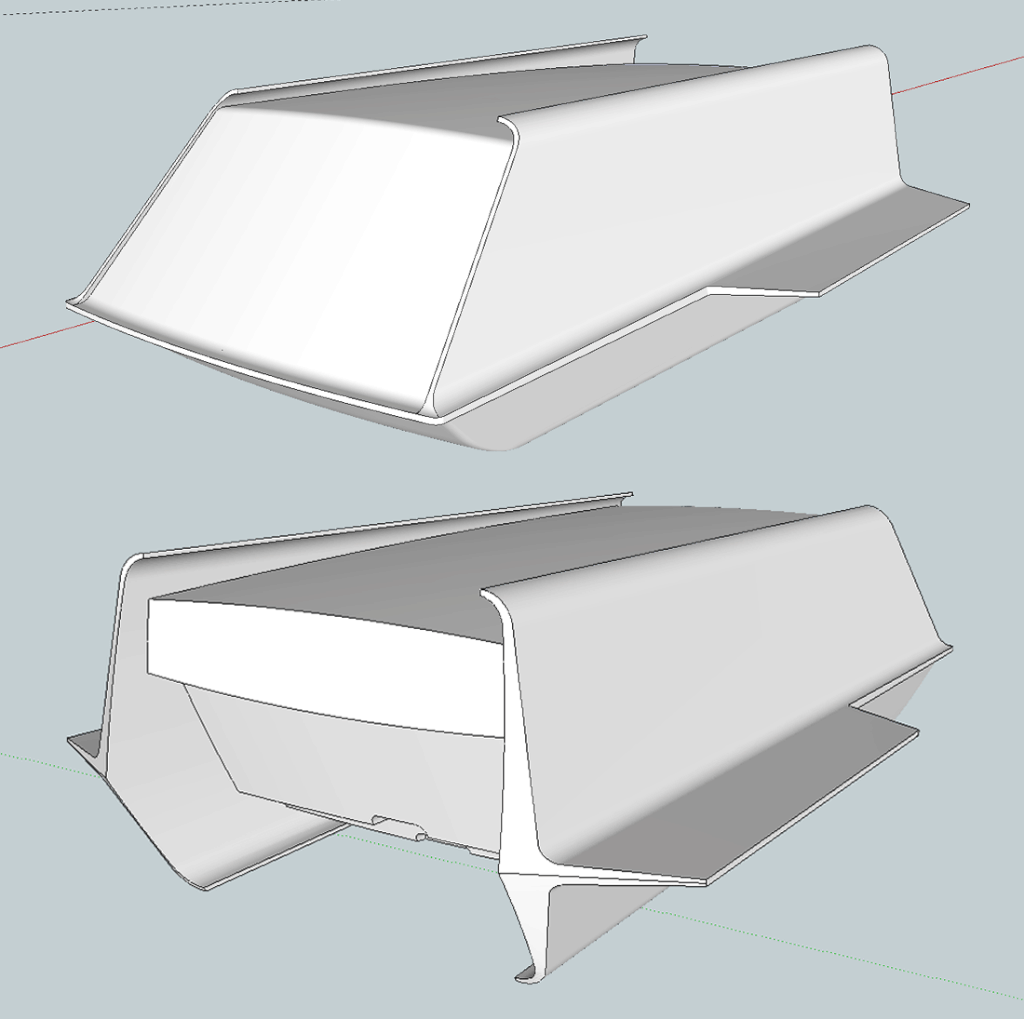
 I knew I had seen this design before! Very well done. It simultaneously reminds me of Star Trek AND a fridge accessory.
I knew I had seen this design before! Very well done. It simultaneously reminds me of Star Trek AND a fridge accessory.